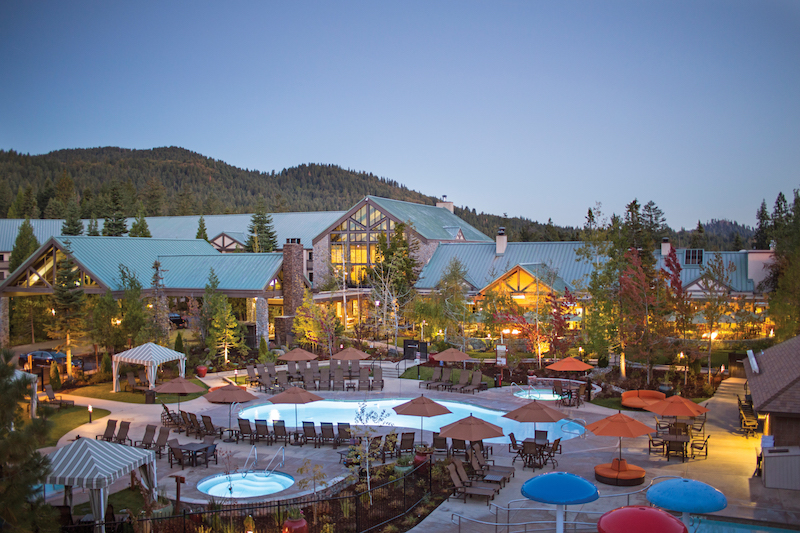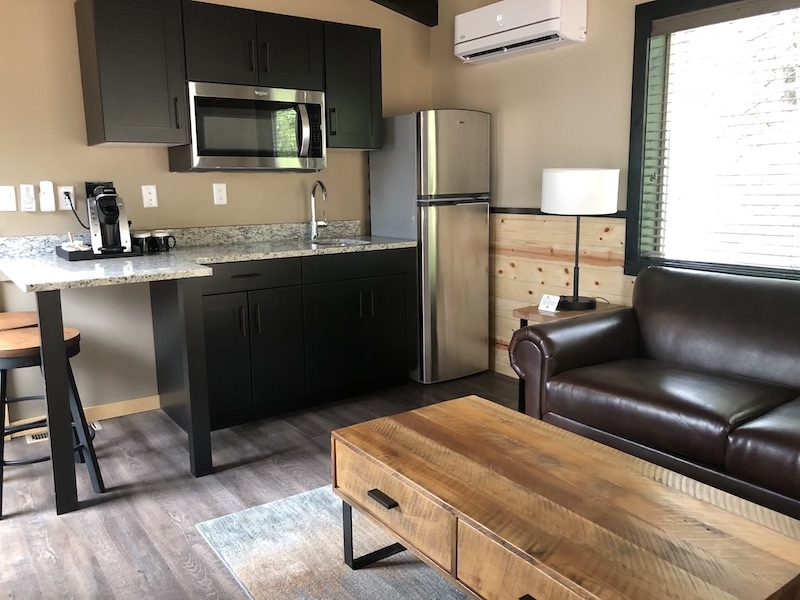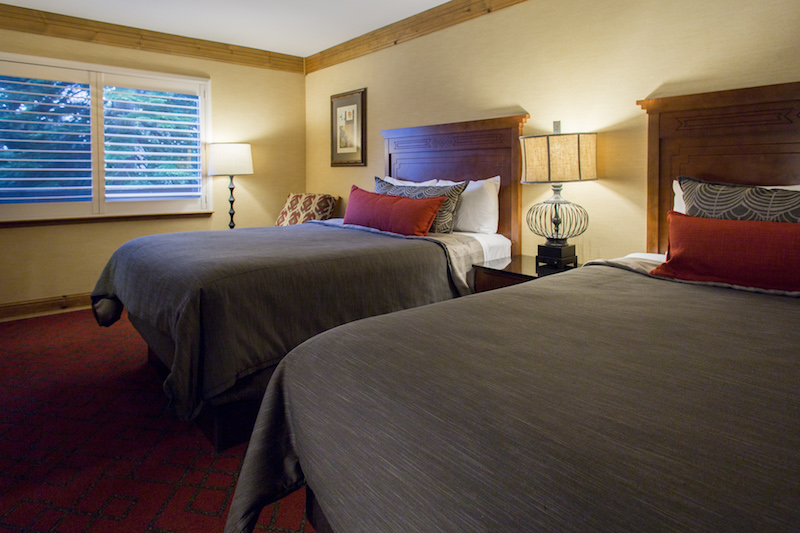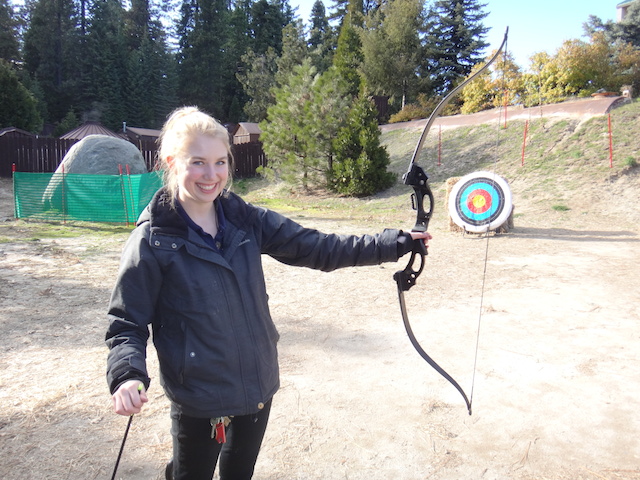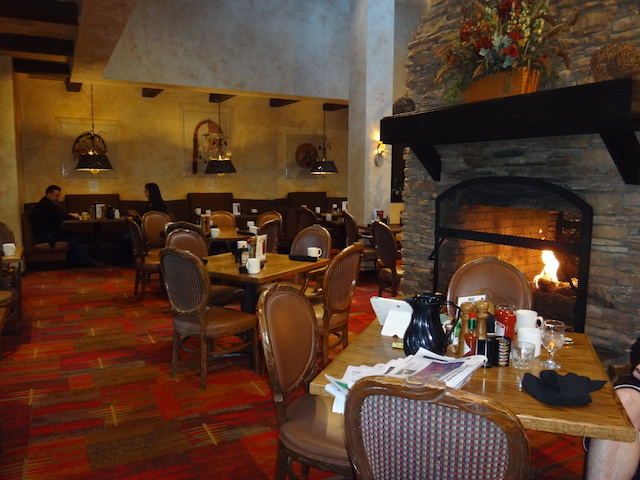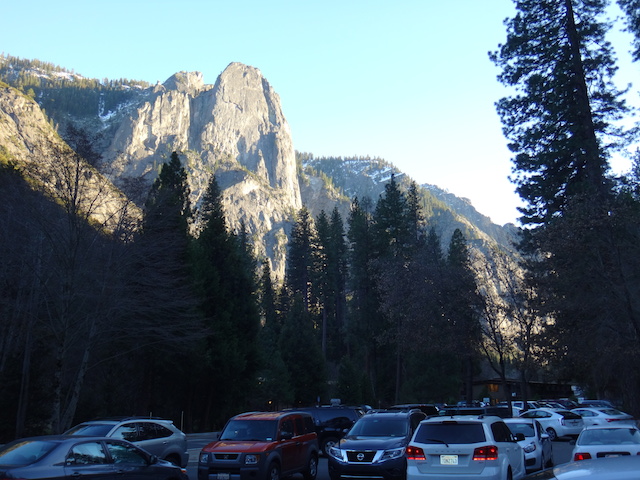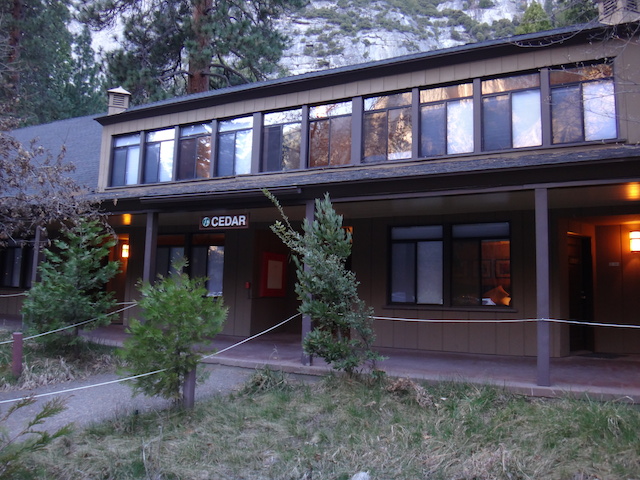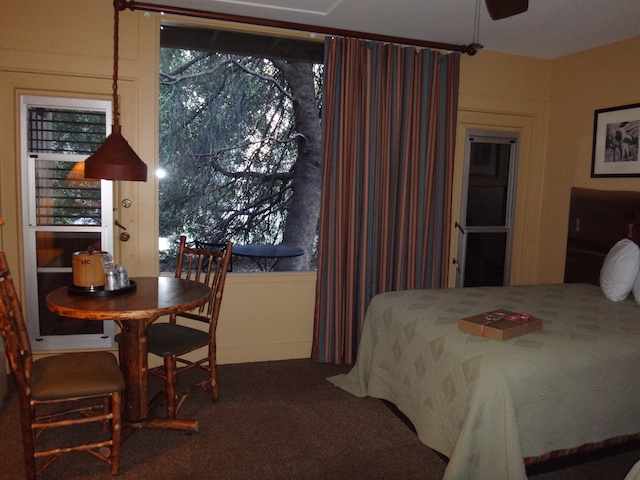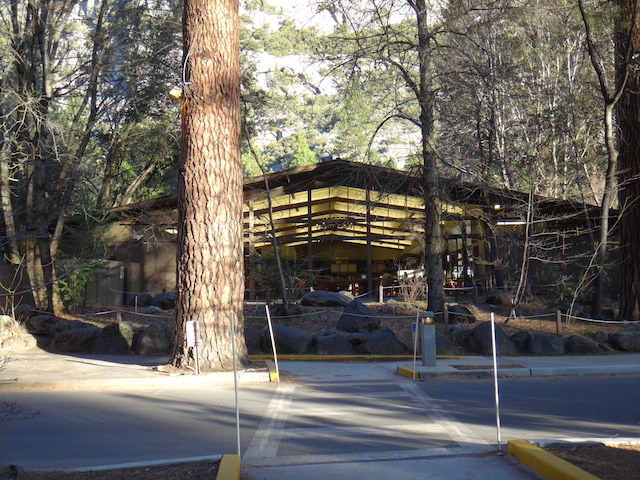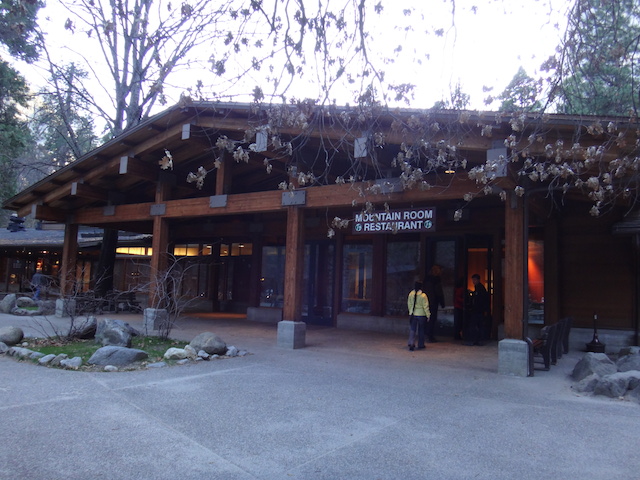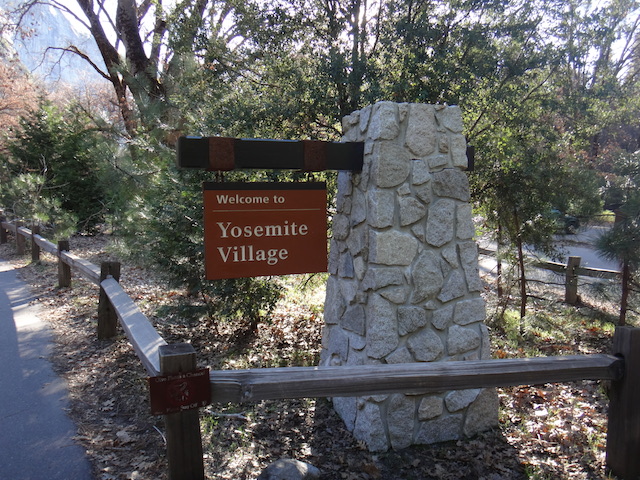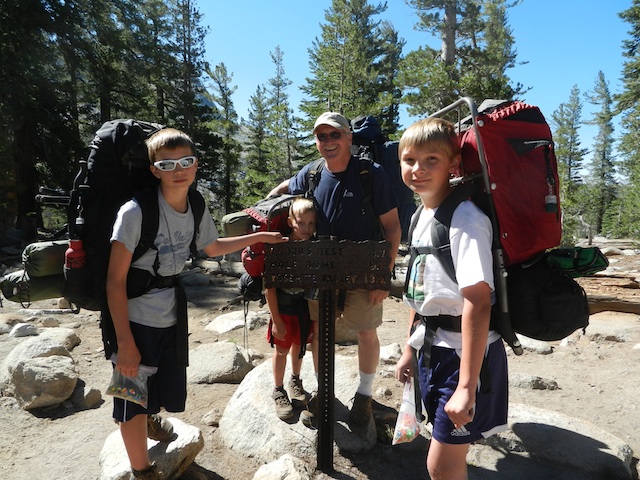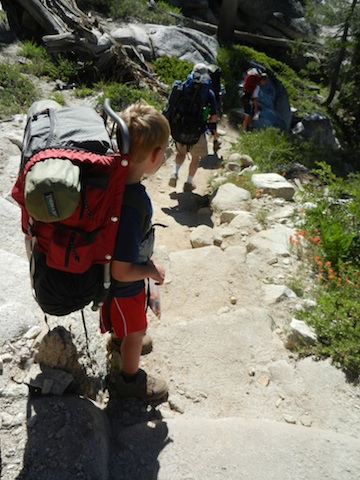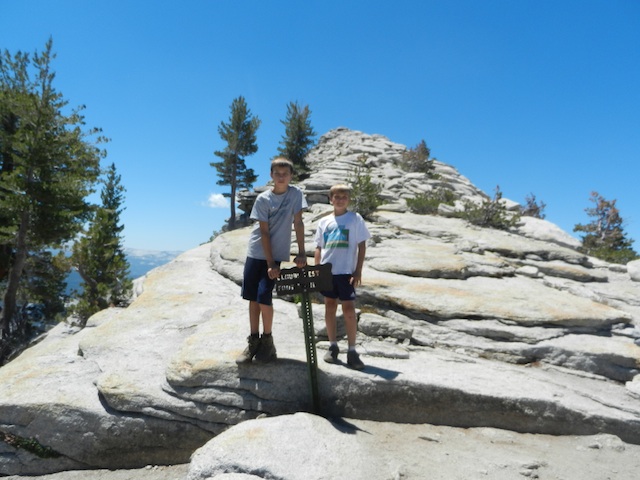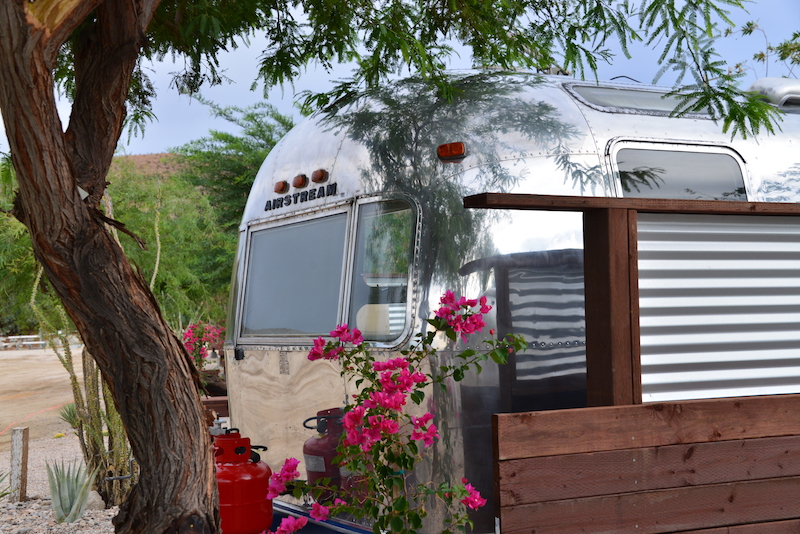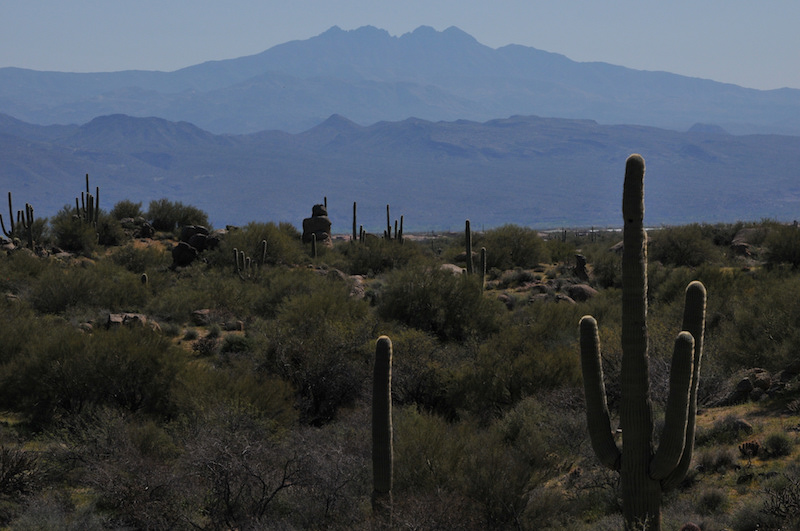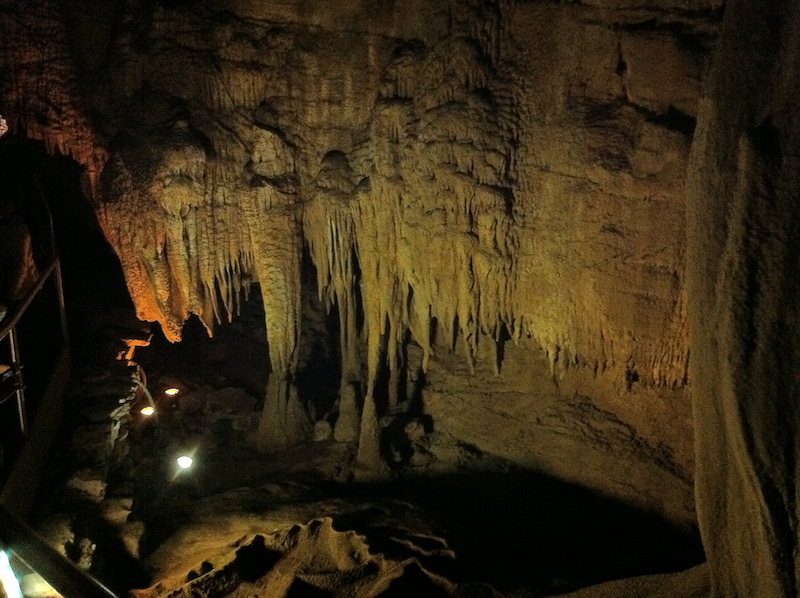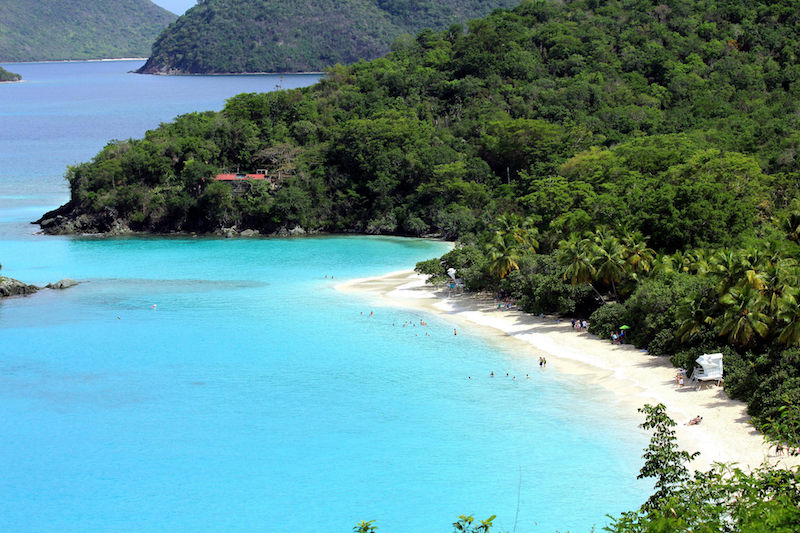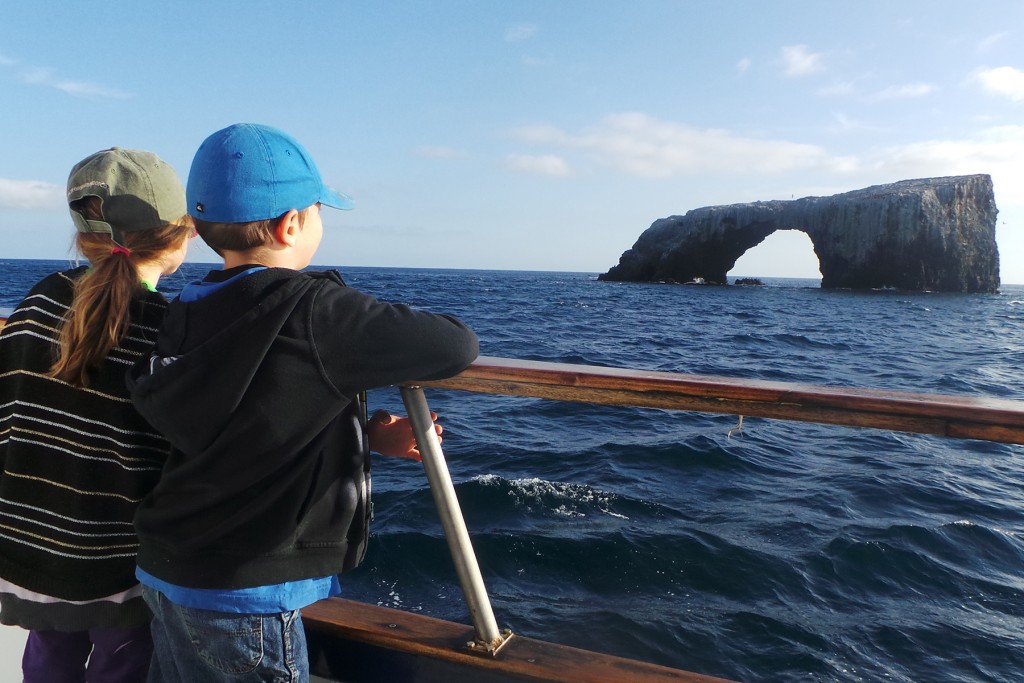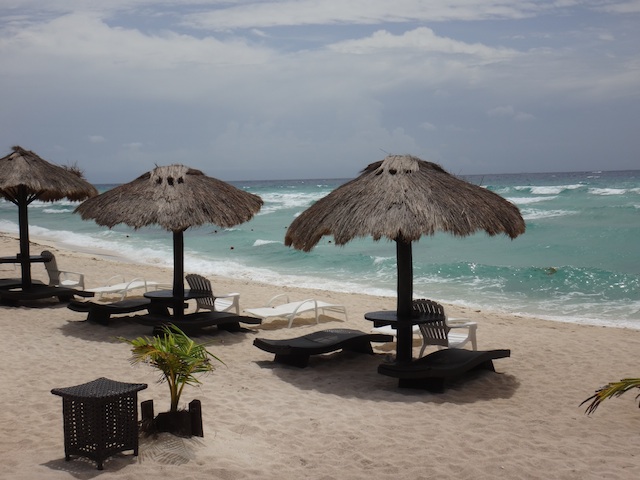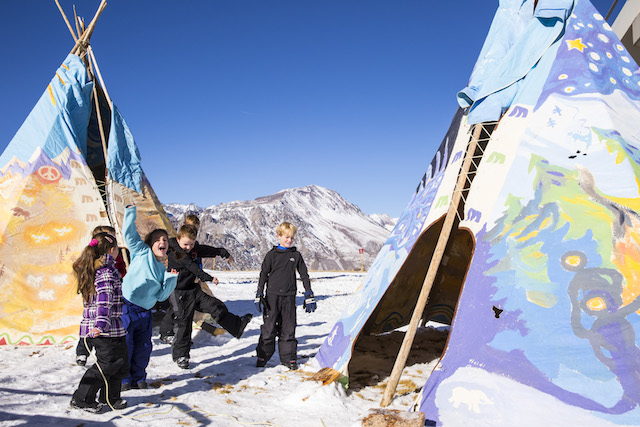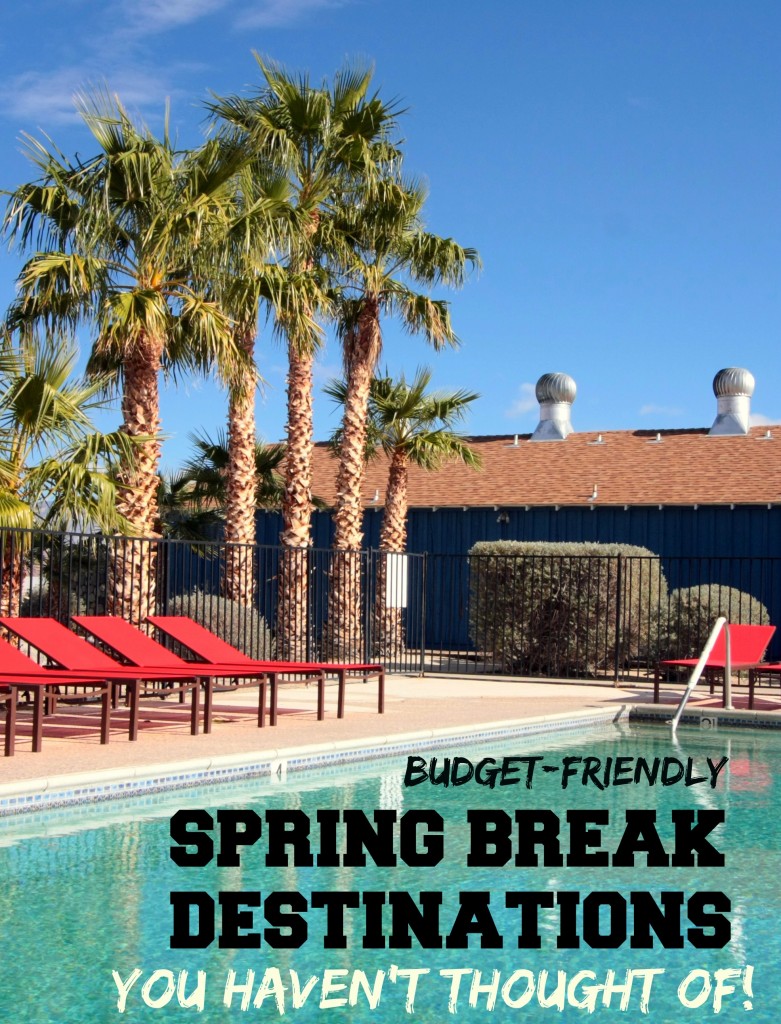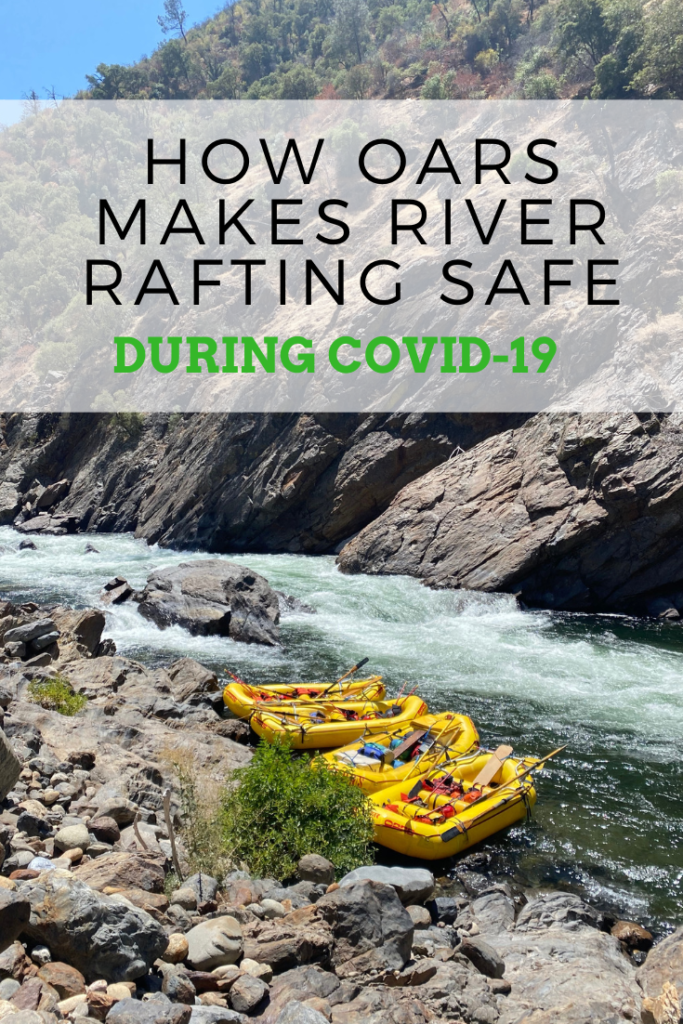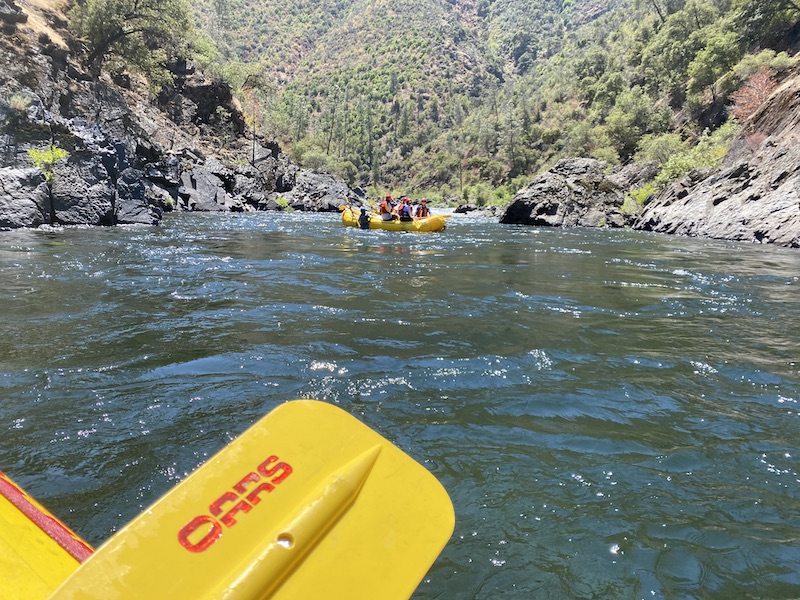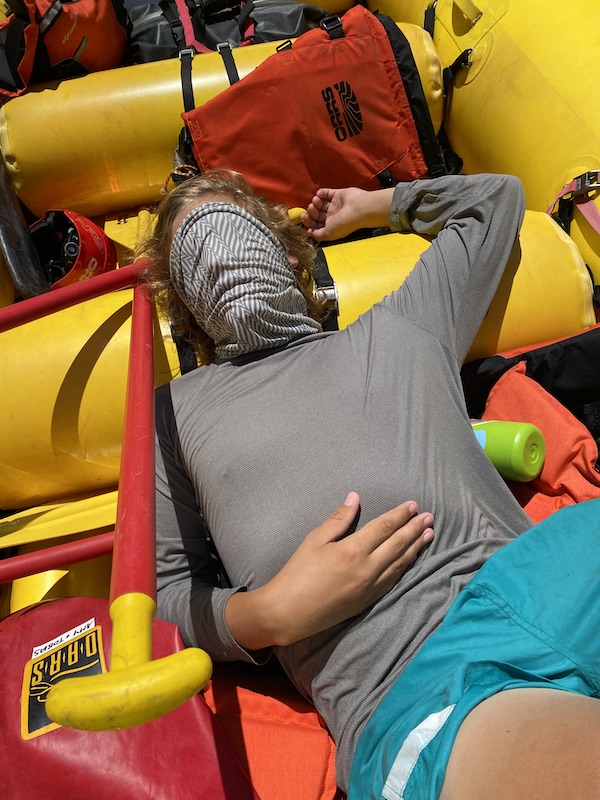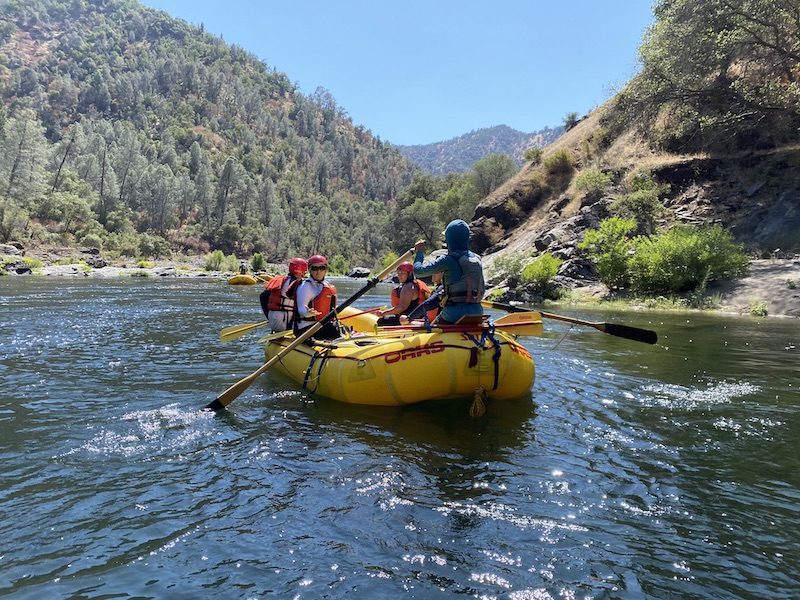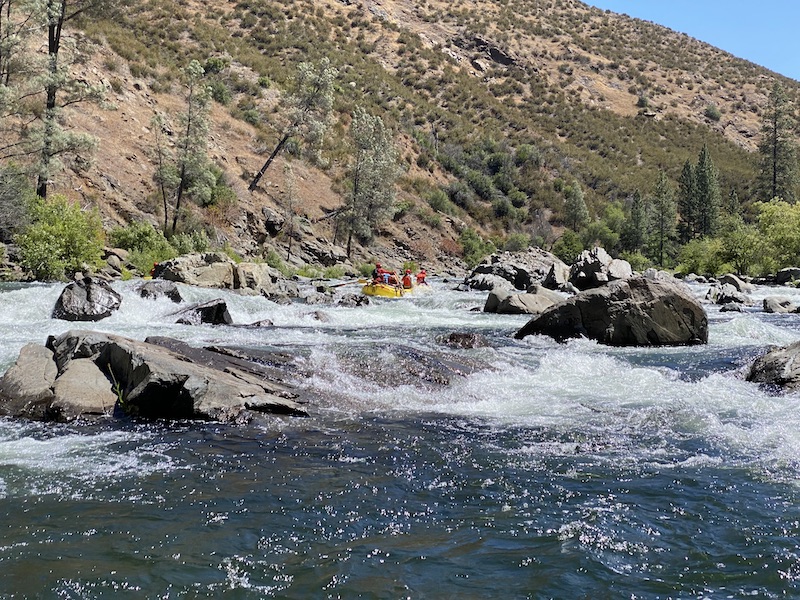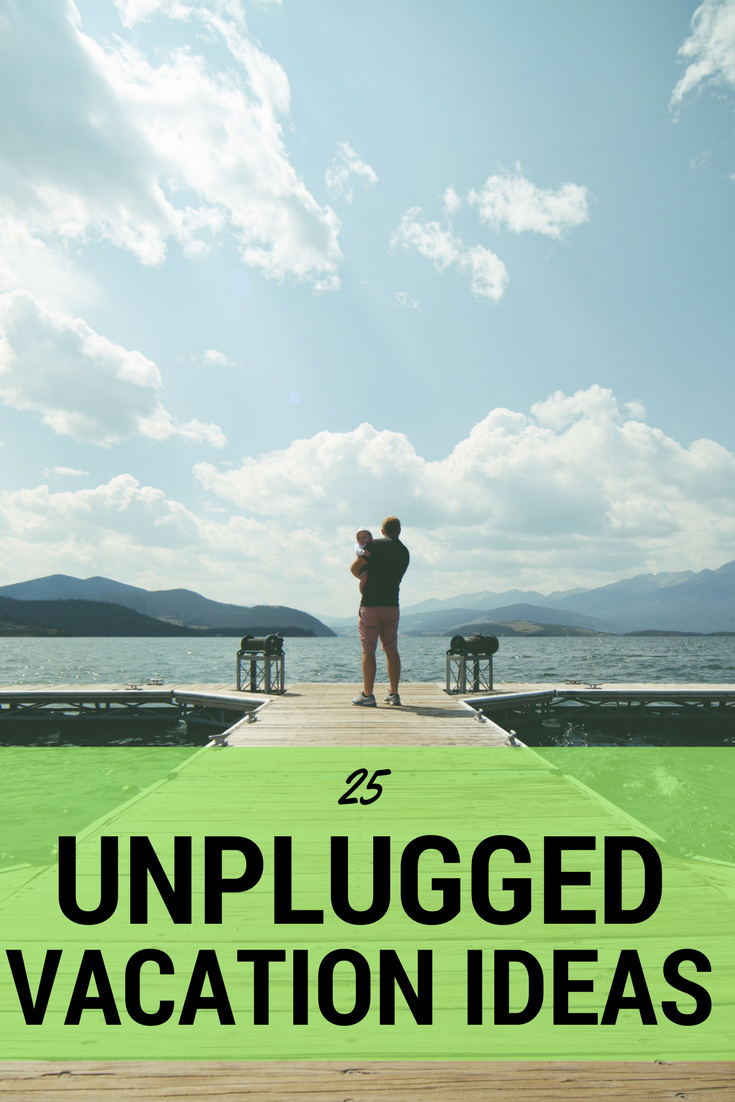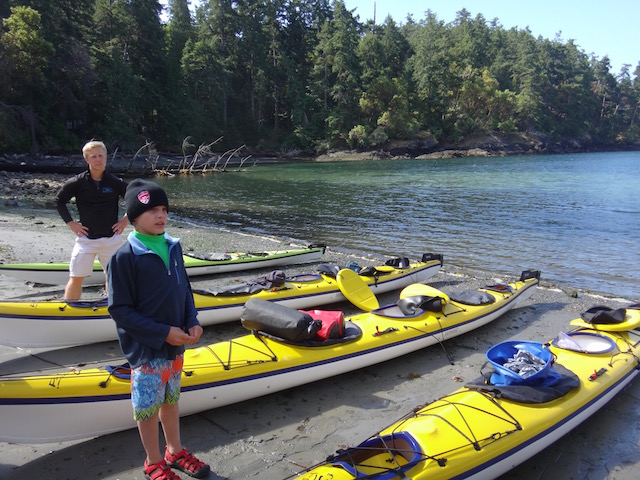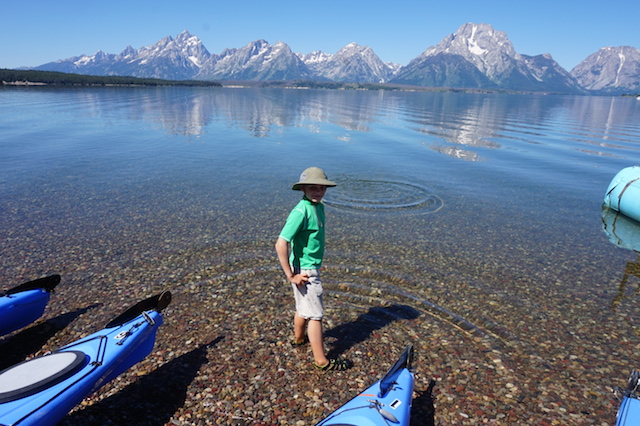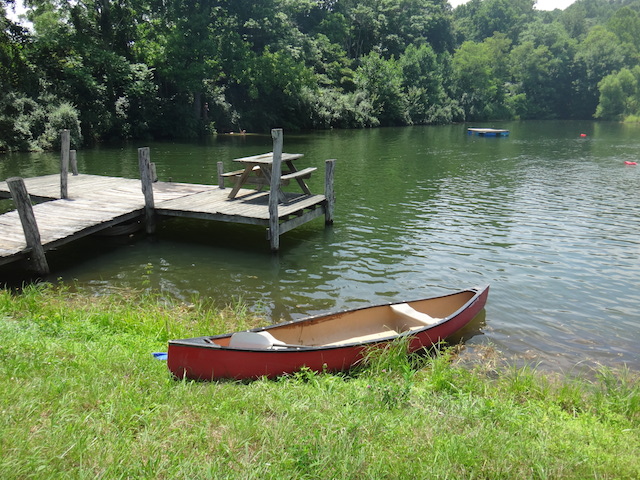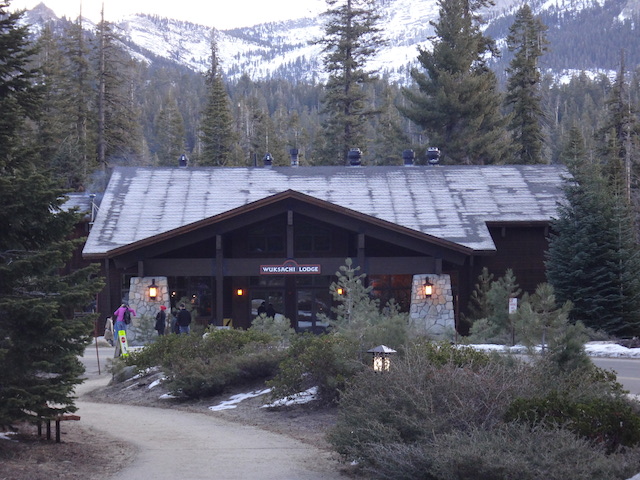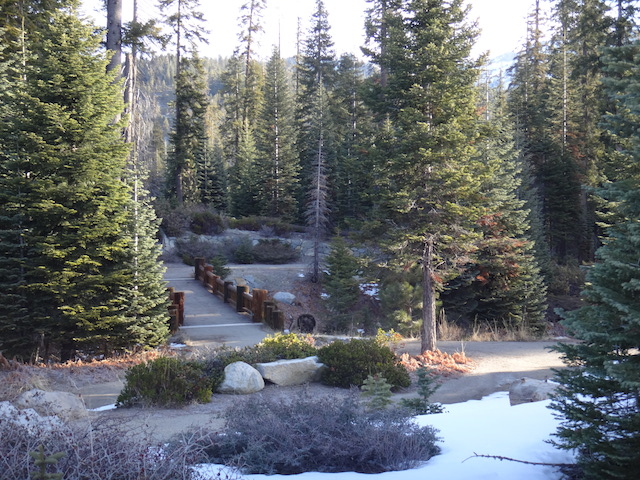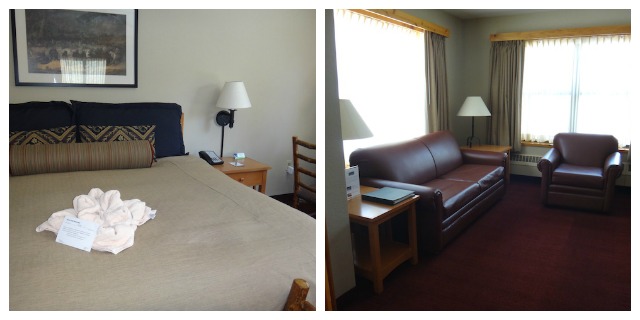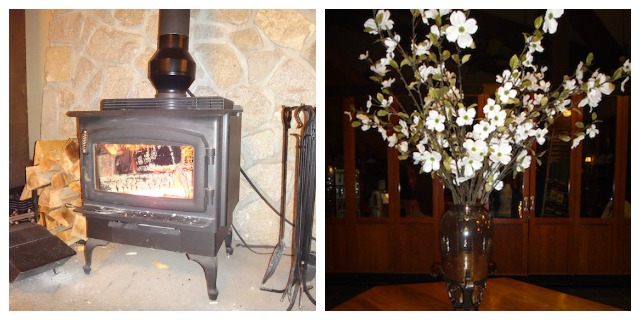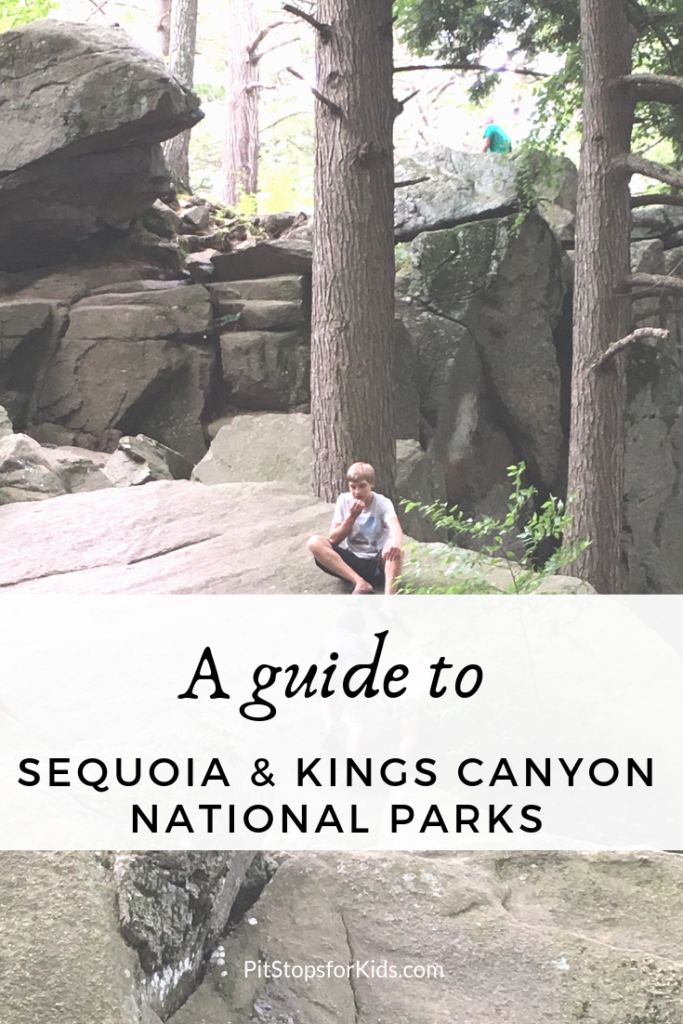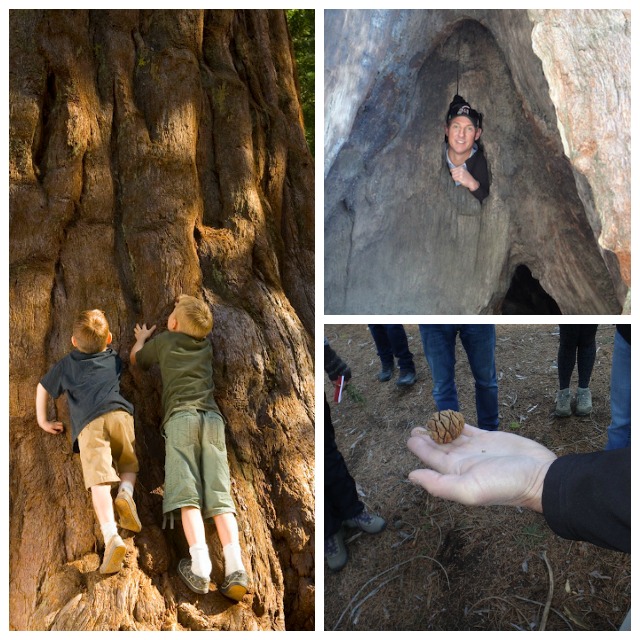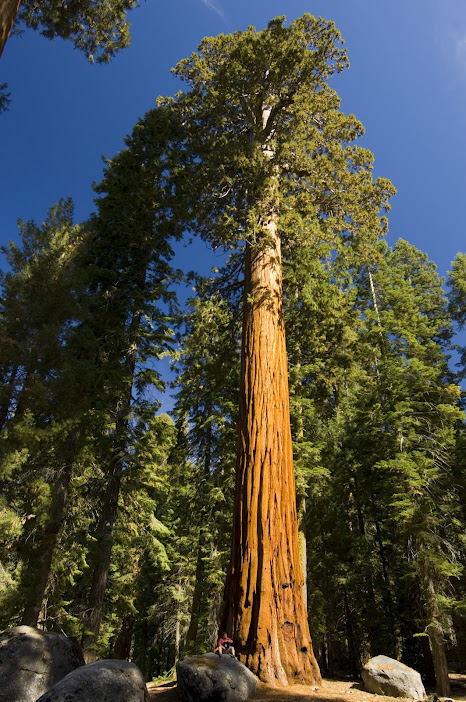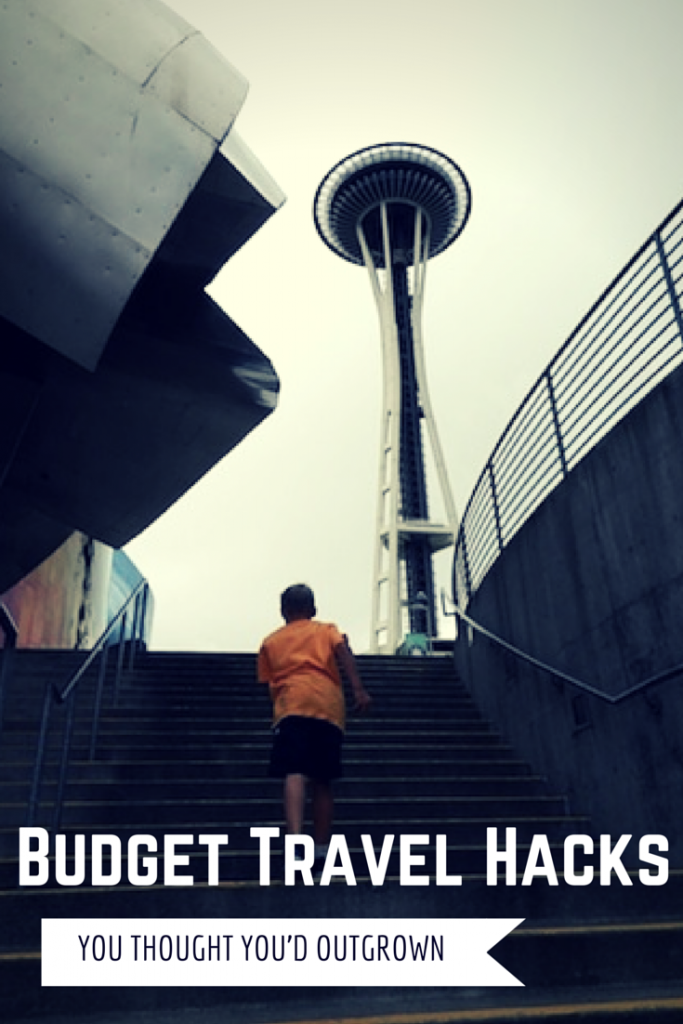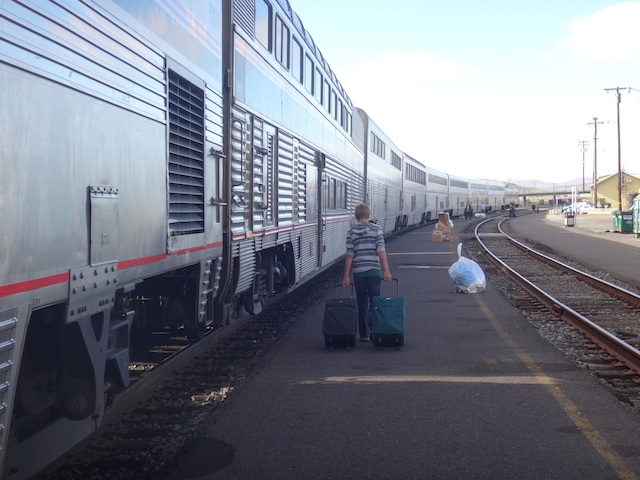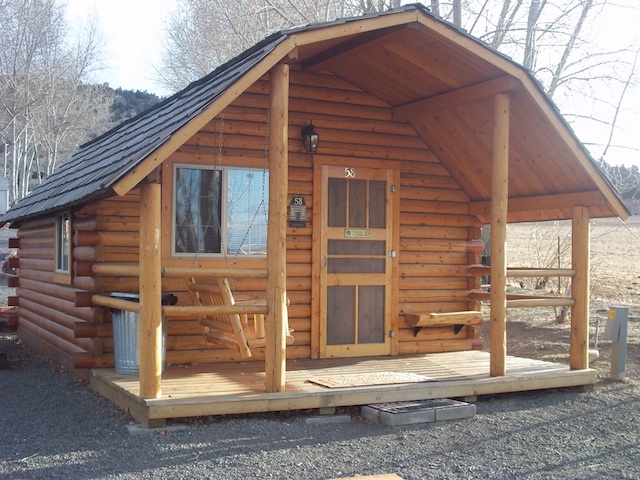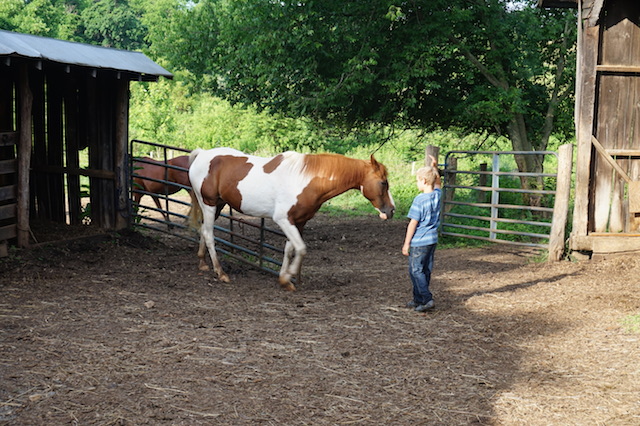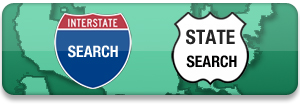During a time when many vacations are not possible, outdoor activities in road trip-accessible locations offer the ability to safely social distance. Hotels.com asked me to share my favorite activities and tips for exploring the Yosemite area, so start here as you plan a safe and responsible vacation.
Yosemite National Park is one of the crown jewels of the national park system, and for good reason. Its stunning geological features, wildlife, and rich history make it ideal for an outdoors family vacation. This park has so much to offer, the following Yosemite National Park travel tips and touring advice are meant to supplement further research. Start with the official Yosemite National Park site to plan your trip, make sure activities and sites are open, and plan your lodging options! For touring advice and tips primarily for Yosemite’s Valley Floor region, read on.
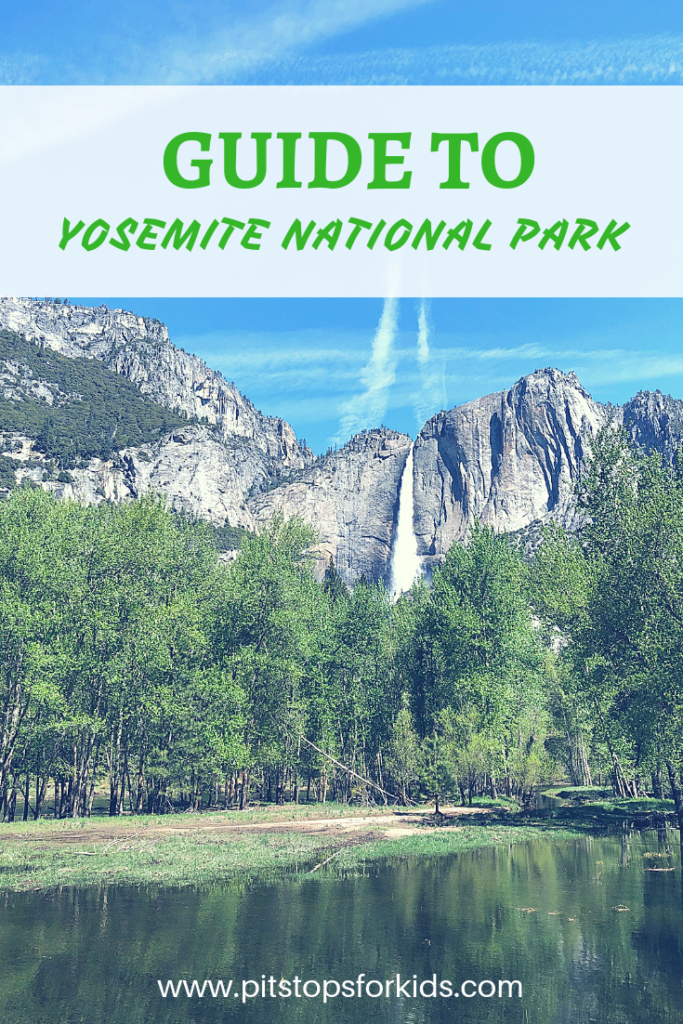
Note: if you’re considering the Majestic Mountain Loop of three parks in one trip, start by viewing our Guide to Sequoia and Kings Canyon National Parks.
When to go:
Yosemite is open and active year round! While the vast majority of visitors arrive in the summer (of course), more is open during the off-season than many families realize. During fall and spring, some hikes and roads may be closed, but the majority are still at your disposal. Ditto for visitors centers and museums (just check seasonal hours). Winter is a wonderful time to stay on the valley floor without the crowds; families can easily rent snowshoes or Nordic skis to explore the area. If you must go in summer, don’t worry: the park is still very accessible with crowds. Plan to base your car in one location (ideally your lodging within the park) and take the free inter-park shuttle everywhere you need to go. We tried this out during a busy week in July (the peak of the busy season) and never waited more than five minutes for a shuttle bus. Busses run between campgrounds, lodges, visitors centers and hiking trailheads.
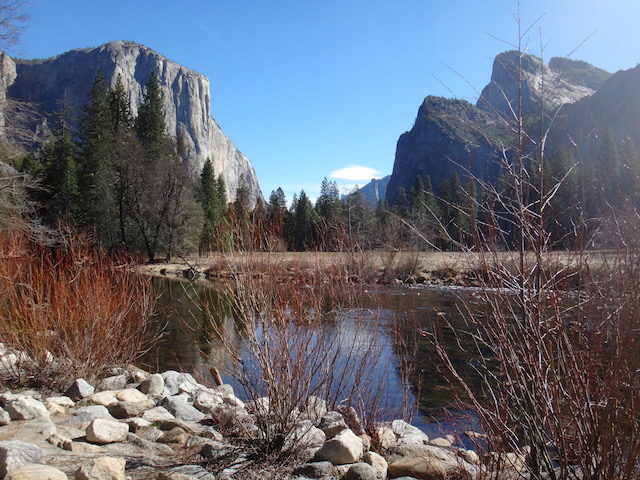
What to do on the valley floor:
Obviously, there’s too much to do in Yosemite to put into one post! The Tuolumne Meadows and Wawona regions are well-worth visits; however, if your family is new to the park, and you have at least three days, devote one morning to a Valley Floor Tour. This tour–conducted on motor coach in the off-season and open-air tram in the summer–offers a wonderful overview of the valley. If possible, ask for tour guide Bill: his knowledge is unparalleled, and he’s entertaining throughout! I loved that Bill described his tour as a ‘portal’ tour: he considered every major subject he addressed as merely a ‘portal’ to learning more (then gave the resources needed for those who wanted to dig deeper). Our Valley Floor Tour covered Yosemite Falls, Bridal Veil Falls, Tunnel View, Swinging Bridge, and Sentinel Rock, Cathedral rocks, and El Capitan. The bus stopped frequently, with plenty of photo ops. Because tours don’t stop for hiking, swimming, and the like, this is a good opportunity to note the areas you’d like to come back to on your own.

Lodging:
Where to stay in Yosemite National Park is as varied as individual family itineraries! For easiest access to the shuttle buses and to be within walking distance to the most sights, I’d opt for Yosemite Lodge or Camp Curry (be sure to reserve both well ahead of time). For families who may wish to divide their attention between Valley Floor activities and backcountry, many lodging options are located just outside the park.
Hiking:
Yosemite Falls: One of the easiest hikes to access from the valley floor, Yosemite Falls offers a very short hike to the lower falls, or a much more strenuous hike (3.8 miles one way) to Upper Yosemite Falls. Plan to spend the better part of the day if you tackle the latter! End your hike with a treat at the Food Court of Yosemite Lodge at the Falls.
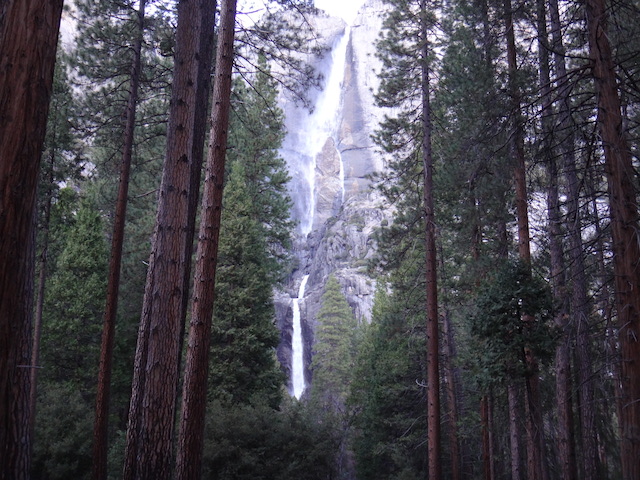
Mist Trail: If you only do one hike in Yosemite, this should be it. But bear in mind that it will get very crowded in summer. Go early in the morning, or just before evening to beat the crowds (and heat). Enjoy the mist off Nevada and Vernal Falls as you make the short but very steep climb. If you’re up for more, this is the access point to hiking all the way to Half Dome to climb the backside using the cable system.
Note: permits are required for the Half Dome climb. You don’t need to be a rock climber, but you do have to be comfortable with heights and tall enough to hold the cables. If you’re not up for it, but do want a long hike, continue past the falls to Little Yosemite Camp, where you can watch the cable climbers.

Glacier Point to Valley Floor: This is another hike for the hearty! Use the free shuttle system so you only have to go one-way! Because you are directly across from Yosemite falls, you get a great perspective since you start above the falls, and see it at every height as you descend to the valley floor. If the kids are up for it, bribe them with a promise of ice cream at Yosemite Village and keep trekking across the valley floor.
Our review of family backcountry hiking and backpacking in Yosemite.
Museums, programs, and visitors centers:
A trip to the Yosemite Village Visitor Center and museum is absolutely worth your time. Kids (and adults) learn about geography and wildlife in the center, then can tour an outdoor Miwok village at the attached museum. We also loved the baskets on display, and during the summer months, Native American artisans are on-hand to show you their techniques. The village center also has stores, restaurants, and the like.
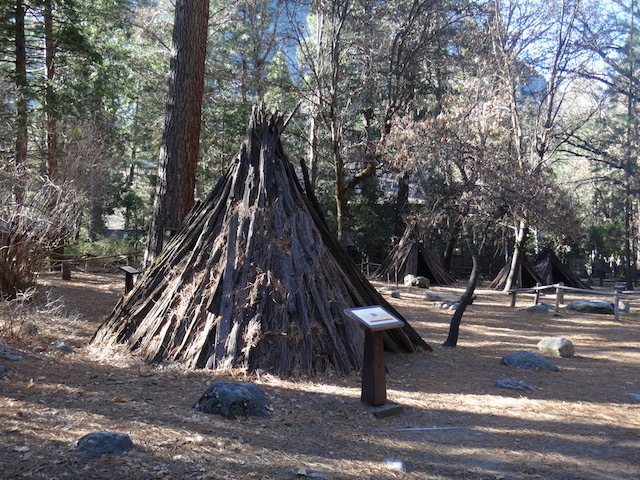
For winter activities and snow play, start at Yosemite lodging, such as Yosemite Lodge or Camp Curry. Both locations will have sleds to purchase and snowshoes to rent. Camp Curry has an ice-skating rink (tickets can be bought at either lodge). Guided nordic skiing tours to Glacier Point depart regularly in winter. In fall, be sure to ask about the Swinging Bridge Ladybuy Hatch. This amazing event takes place annually on the Swinging Bridge in the valley, when hundreds of thousands of ladybugs hatch. An amazing sight, and one guests can only see in autumn.
Park programs and nature walks are available year-round at Yosemite! Definitely sign up for one of the park’s watercolor classes, Junior Ranger programs, or, my current favorite: the Night Prowl. Led by a naturalist, the Night Prowl takes visitors on wooded trails by moonlight, which chances to see or hear nocturnal animals. Even if you don’t see animals, guides do a great job of relaying interesting information and conducting fun group exercises to help you adjust to the dark and understand your surroundings. This program is ideal for school-aged kids, and is a deal at only $5.50 per person.
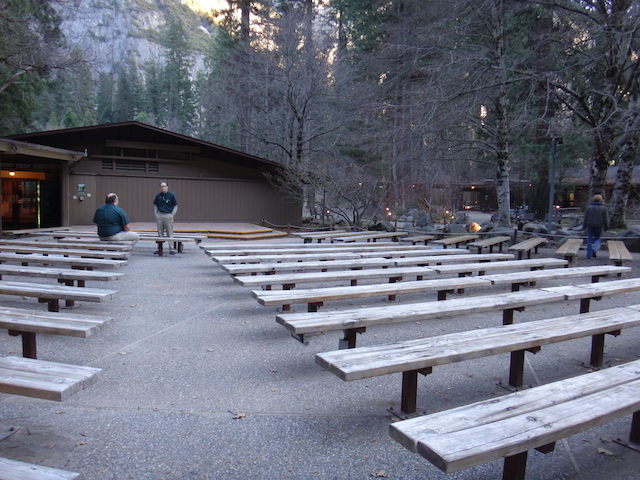
Tip: Did you know park rangers are not the only naturalists leading guided tours and programs in Yosemite National Park? The park’s chief concessionaire also employs naturalists to lead excursions, often filling the gap left by budget cuts. These services are available to book from park lodging!





